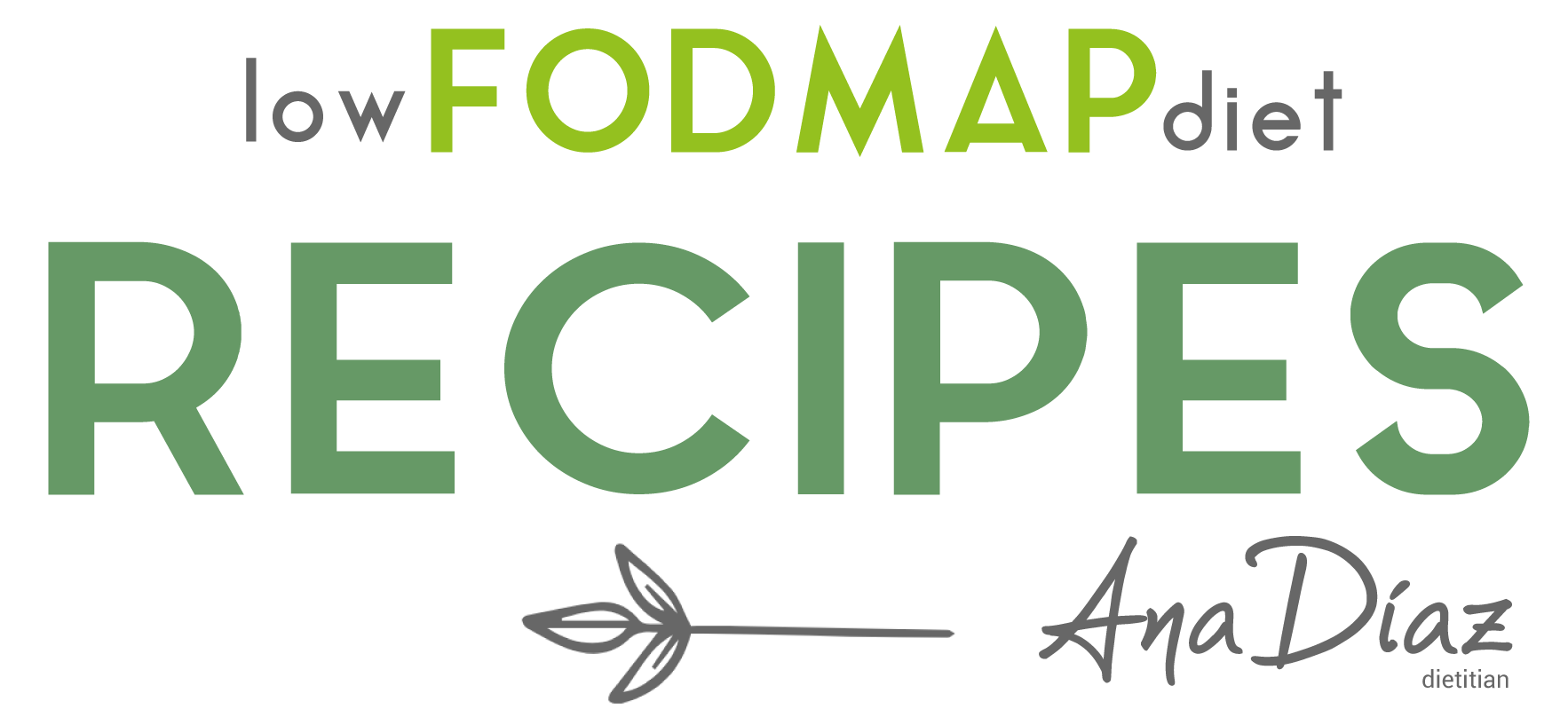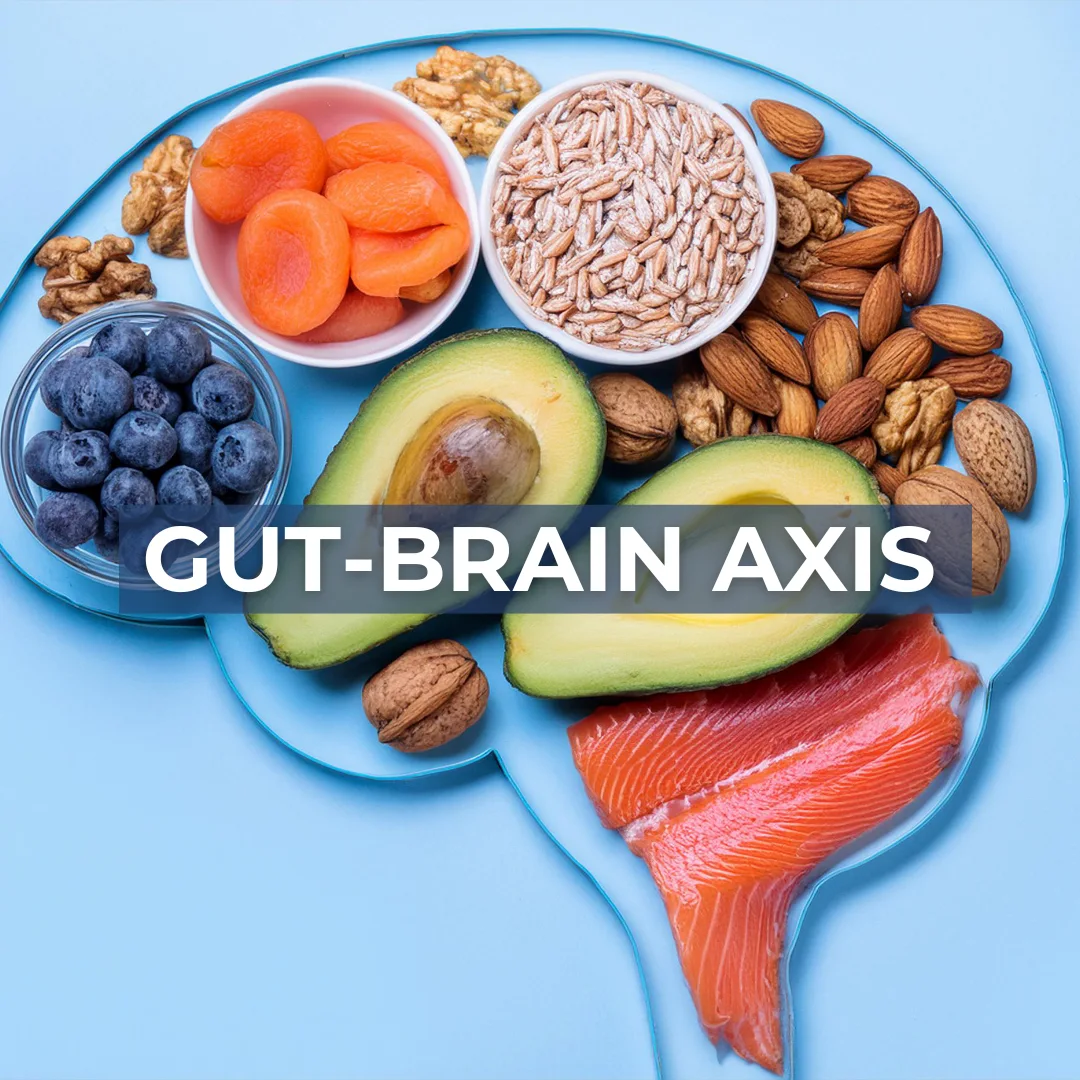If you’ve ever felt “butterflies” in your stomach before a big meeting, or lost your appetite during a stressful time, you’ve already experienced the gut-brain axis in action. But what is the gut-brain axis exactly, and why is it so important for your health?
In this article, we’ll explore this fascinating connection between your gut and your brain, break down how it works in simple terms, and share practical tips to help you support both your mental and digestive well-being.
What is the Gut-Brain Axis?
A Two-Way Street Between Your Gut and Brain
The gut-brain axis is the communication highway between your gut (also known as your gastrointestinal system) and your brain. This connection allows your brain to influence your digestion, and vice versa, your gut can influence how you feel emotionally and mentally.
This is made possible through:
- The vagus nerve: a long nerve that acts like a direct phone line between your brain and gut.
- Neurotransmitters: chemical messengers like serotonin, many of which are produced in the gut.
- The gut microbiome: the trillions of bacteria living in your intestines that help regulate both mood and digestion.
So when you’re feeling anxious, your gut may react with bloating or discomfort. And when your gut is inflamed or imbalanced, you might feel more tired, foggy, or irritable.
Why Is This Connection Important?
Understanding the gut-brain axis helps us connect the dots between what’s going on in our digestive system and how we feel emotionally, which is especially valuable if you suffer from conditions like IBS (Irritable Bowel Syndrome), anxiety, or depression.
It also opens up new ways of improving health that go beyond medications, like using food, stress management, movement, and sleep to support your whole system.
How the Gut and Brain Communicate
The Role of the Vagus Nerve
Imagine your gut and brain texting each other all day long. The vagus nerve is the “WiFi” that connects them. It runs from your brainstem to your abdomen and carries messages in both directions.
- When you’re relaxed, it helps activate digestion.
- When you’re stressed, it can slow down digestion and trigger symptoms like cramping, constipation, or diarrhea.
This is one of the reasons why stress management is so important for gut health!
The Microbiome’s Influence on Mood
Your gut is home to over 100 trillion bacteria, and they’re not just sitting there passively. These microbes are actively involved in producing neurotransmitters like serotonin, dopamine, and GABA, which play key roles in mood regulation.
In fact, up to 90% of the body’s serotonin is produced in the gut. So when your microbiome is out of balance, your mood can be too.
Signs your microbiome might be struggling:
- Bloating or irregular bowel movements
- Frequent fatigue or brain fog
- Mood swings or increased anxiety
Inflammation and the Gut-Brain Axis
Chronic inflammation in the gut, often triggered by food sensitivities, stress, infections, or an imbalanced microbiome, can send distress signals to the brain. This can lead to symptoms like:
- Brain fog
- Low mood
- Trouble sleeping
- Difficulty concentrating
This is particularly relevant for people with IBS or other digestive conditions who often also report mental health challenges.
Why the Gut-Brain Axis Matters for People with IBS
The Vicious Cycle of Stress and Symptoms
If you live with IBS, you know how stress and emotions can make your symptoms worse, and how frustrating it is to feel stuck in a loop.
This is because the brain and gut are constantly talking to each other. Stress can:
- Increase gut sensitivity
- Alter gut motility (how fast or slow things move)
- Change your microbiome balance
And then your gut symptoms (like pain, bloating, or urgency) send distress signals back to the brain, increasing anxiety or low mood.
Understanding This Loop Helps You Regain Control
The good news? Once you understand how this loop works, you can start to take steps to break the cycle, with tools that support both the gut and the brain. That’s where a 360° approach comes in.
How to Support Your Gut-Brain Axis Naturally
Let’s look at some practical, evidence-based ways you can care for this powerful connection in your everyday life.
1. Eat to Feed Your Microbiome
The foundation of gut health is what you eat. If you’re following a Low FODMAP Diet, it’s important to do it in a way that doesn’t starve your beneficial bacteria long-term.
Tips:
- Reintroduce FODMAPs strategically: Once you’ve done the elimination phase, work on reintroducing tolerated foods to diversify your diet.
- Include prebiotic-rich foods: Try low-FODMAP sources like oats, firm bananas, and kiwi.
- Add fermented foods if tolerated: Lactose-free kefir, tempeh, and pickled vegetables can support microbial diversity.
2. Practice Stress-Reduction Techniques Daily
Even small daily practices can calm your nervous system and improve digestion:
- Deep belly breathing (especially exhaling longer than you inhale)
- Gentle yoga or stretching
- Walking in nature
- Guided meditations or body scans
These help activate your parasympathetic nervous system, the “rest and digest” mode.
3. Move Your Body Regularly
Exercise is powerful medicine for both the brain and the gut:
- It increases microbial diversity
- Reduces stress hormones
- Improves mood by boosting endorphins and dopamine
Aim for 20–30 minutes of movement most days, whether it’s dancing in your kitchen, a walk with a friend, or resistance training.
4. Prioritize Restful, Consistent Sleep
Poor sleep disrupts your microbiome, increases stress, and can make you more sensitive to pain and discomfort.
Tips:
- Go to bed and wake up at the same time every day
- Create a relaxing nighttime routine (no phones in bed!)
- Keep your room cool, dark, and quiet
When to Seek Support (and How I Can Help)
If you’re struggling with bloating, irregular digestion, fatigue, or mood swings, and suspect your gut might be involved, you’re not alone, and you’re not imagining it.
Sometimes you just need someone to help connect the dots between all the symptoms you’re experiencing.
That’s what I do every day with my clients, combining my knowledge of the Low FODMAP Diet, gut health, and mind-body connection to help people create a realistic, sustainable plan that fits into their life.
Final Thoughts: Your Gut and Brain Are On the Same Team
The gut-brain axis is not just a buzzword, it’s a real, powerful communication system that influences how you feel physically, mentally, and emotionally. The good news? You have more control over it than you might think.
By nourishing your gut, managing stress, moving your body, and sleeping well, you’re not just improving digestion, you’re also supporting your mood, energy, and overall well-being.
You don’t need to do everything perfectly. Start small. Stay curious. And remember: healing isn’t linear, but every step counts.
And if you’re ready for personalized support, I’m here to help.





